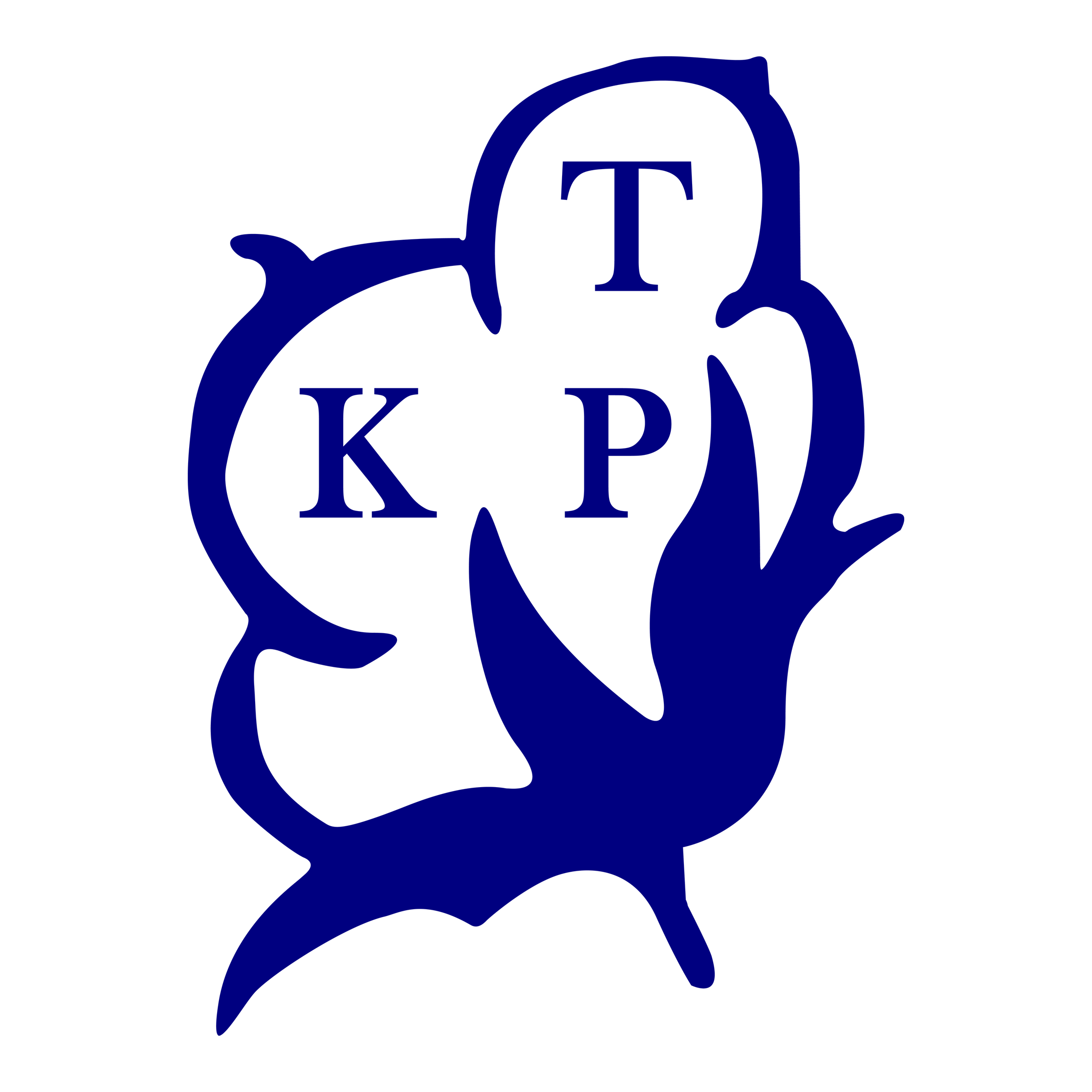Quality inspection department
Standard Quality around the Globe
Quality management around the globe falls under ISO 9000 group of standards. The quality management standards for textile industry are ISO 9000:2000 and ISO 9001:2000. On the other hand there exist quality assurance organization as well like OEKO-TEX Standards, American Society for Testing and Materials, Global Organic Textile Standard, American Association of Textiles Chemists and Colorists and The Association for Contract Textiles. The basic aim of all these standards and organizations is to assure quality in the products for domestic and international trade.
Textile Inspection Services
In the textile industry, the offered product is called a quality product if it is defect free regarding its yarn, fiber, construction of the fabric, design, color and final finishing and the KnitwearTextile Inspections services focus on minimizing those defects. Here the defects may include material deficiencies, loose woven thread, stains, wrong alignment of buttons and buttonholes, stuck or broken zippers and steads, mismatching patterns and difference in size from the standard size being offered in the market as per demand of the consumers. To maintain this quality level, the producers make sure following three steps to be taken before finalizing the final production of the product and sidewise it is also good to avoid technical faults like the poor working of machine, broken equipment, more load than capacity on the production plant, unavailability of modern techniques and trained staff.
1. Pre-Inspection
This stage includes the inspection of raw material including fiber, pattern, cutting and accessories so that any found default can be eradicated rather than making it presuming in the whole production.
2. DUPRO
The job doesn’t end with onetime inspection alone, During Production Inspection/Check (DUPRO) is necessary to maintain production process quality especially if production is in large quantity. Here the degree of color; fabric, selvage, weaving and cutting defects; spirality of fabric and foreign material is analyzed after cutting of fabric.
3. Initial Production Inspection
This stage focusses on human and fabric defects which include double, uneven, loose, missing or wavy stitching and for fabric, it checks weaving faults for Neps, Slub, broken or missed yarn, thick and thin places, and double yarns.
